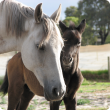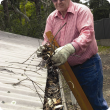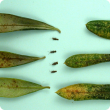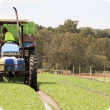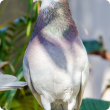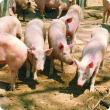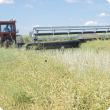Filter by regions:
- (-) Remove Great Southern filter Great Southern
- (-) Remove Mid West filter Mid West
- (-) Remove Wheatbelt filter Wheatbelt
- South West (262) Apply South West filter
- Goldfields-Esperance (252) Apply Goldfields-Esperance filter
- Peel (243) Apply Peel filter
- Perth regions (211) Apply Perth regions filter
- Gascoyne (176) Apply Gascoyne filter
- Pilbara (162) Apply Pilbara filter
- Kimberley (158) Apply Kimberley filter

